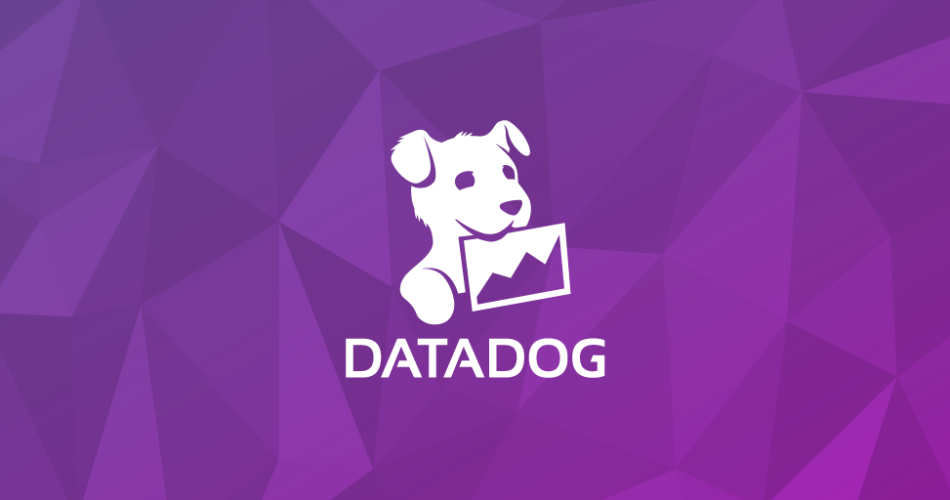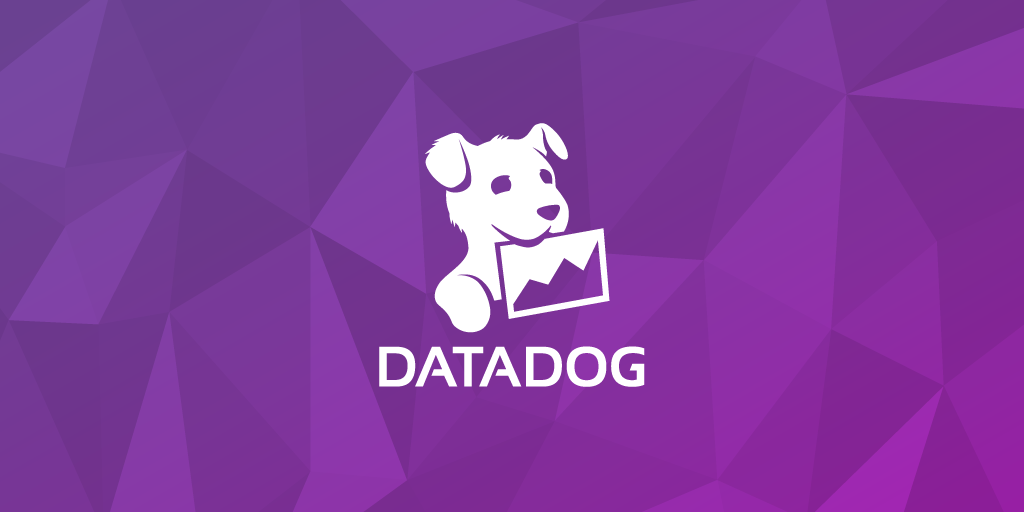Datadog Inc. today announced the general availability of Universal Service Monitoring, a new tool designed to help companies more easily troubleshoot technical issues in their applications.
New York-based Datadog is a major provider of observability software. Enterprises use the company’s software to troubleshoot errors in their infrastructure and applications, as well as to detect potential cybersecurity issues. Strong demand helped Datadog grow its revenue 61% year-over-year last quarter, to $436.5 million.
Universal Service Monitoring, the new tool that Datadog launched today, enables companies to detect technical issues in their software container applications. It’s touted as a simpler alternative to traditional error detection approaches.
Monitoring an application for technical issues usually requires developers to add so-called instrumentation code to the application’s core components. Instrumentation code can collect detailed technical data about latency spikes, incomplete processing tasks and other errors. However, this approach to error detection isn’t always practical to implement in applications built using containers.
A typical containerized application is implemented as a collection of dozens or hundreds of software modules. Implementing instrumentation code in every module can be highly time-consuming. Moreover, there are situations where technical constraints make it impossible to add instrumentation code to some of an application’s modules, which limits developers’ ability to detect errors.
Datadog’s new Universal Service Monitoring tool is aimed at addressing the challenge. It enables developers to monitor containerized applications for technical issues without having to add any instrumentation code. According to Datadog, Universal Service Monitoring provides this capability using an open-source technology known as eBPF.
With eBPF, developers can turn the operating system on which an application runs into a tool for detecting software errors. The technology makes it possible to collect data about several common types of application malfunctions. In the process, eBPF can also track an application’s performance.
“Teams today have gaps in the end-to-end visibility of their applications that include services that cannot be instrumented, making the health, availability and dependencies of these uninstrumented services difficult to monitor,” said Yrieix Garnier, vice president of product at Datadog. “Universal Service Monitoring uses eBPF technology to solve this problem and reduce the mean-time-to-detection of issues.”
Universal Service Monitoring can track how many user requests are sent to an application every hour, as well as measure the latency with which those requests are processed. Additionally, the tool can detect if an application encounters errors when carrying out processing tasks. Universal Service Monitoring visualizes the data that it collects in charts that track how key application reliability metrics change over time.
Datadog has integrated Universal Service Monitoring with its existing Service Catalog tool. The latter tool enables developers to monitor an application’s performance, identify the systems on which it depends to run and access other technical information. According to Datadog, developers can combine the application reliability data collected by Universal Service Monitoring with information from Service Catalog to more easily find and fix potential application errors.
The launch of Universal Service Monitoring comes a few weeks after Datadog introduced another new tool dubbed Cloud Cost Management. According to Datadog, Cloud Cost Management makes it easier to track the infrastructure expenses associated with a company’s applications. Developers can consult the data provided by the tool to identify infrastructure optimization opportunities.
Image: Datadog
Show your support for our mission by joining our Cube Club and Cube Event Community of experts. Join the community that includes Amazon Web Services and Amazon.com CEO Andy Jassy, Dell Technologies founder and CEO Michael Dell, Intel CEO Pat Gelsinger and many more luminaries and experts.
Source link




